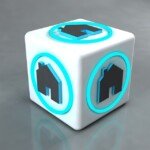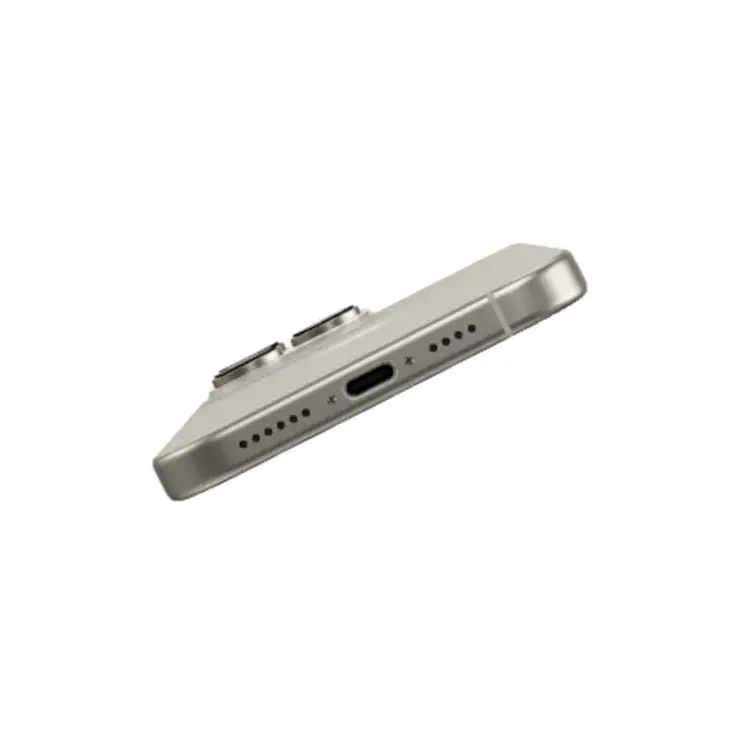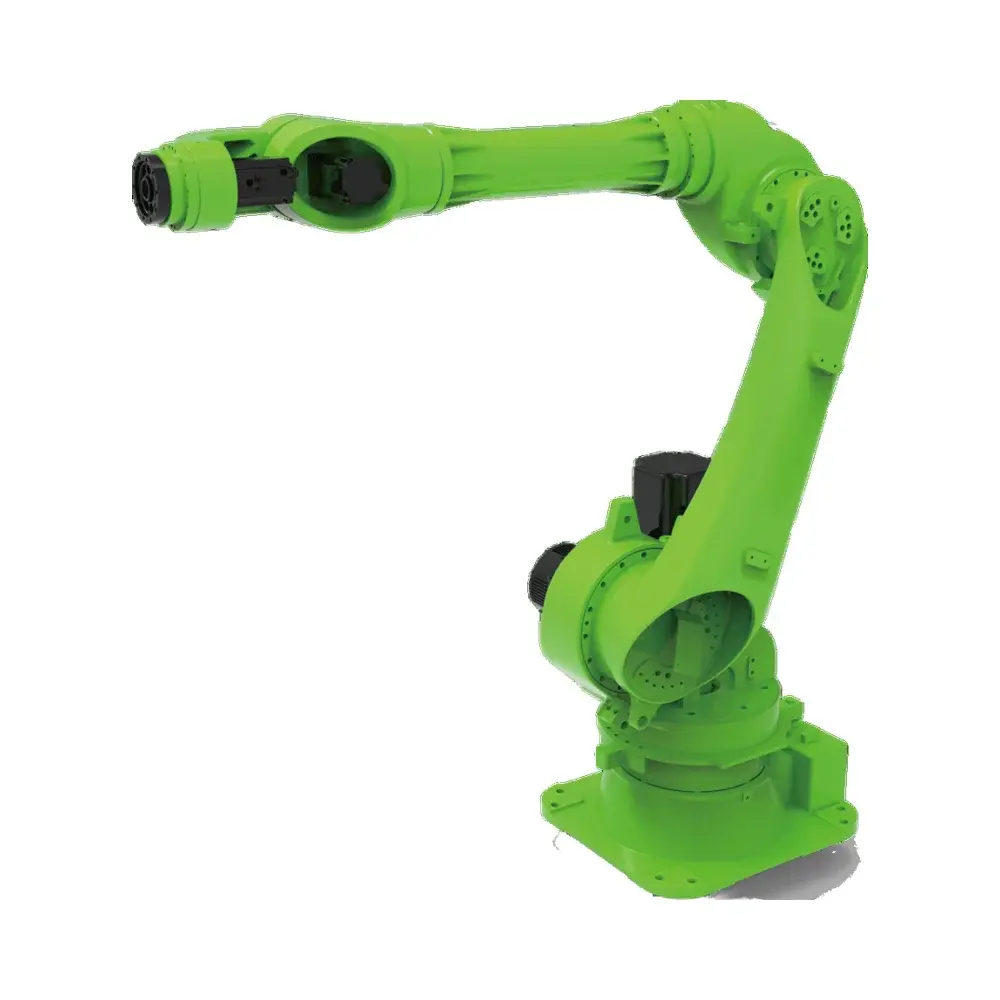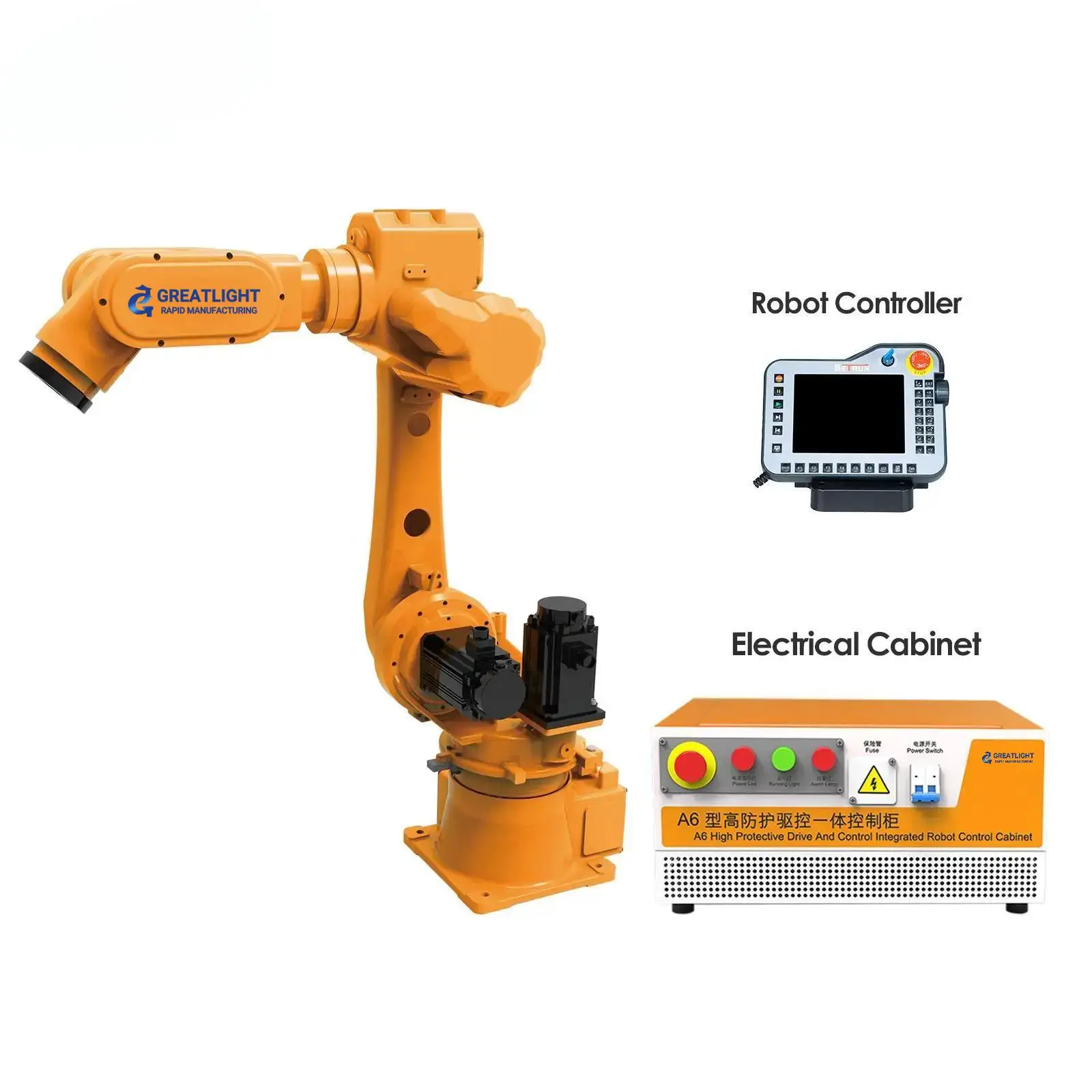The fabric of the future: How 3D printing is rewriting style in radical ways
Forget rolling racks of mass-produced clothing. The cutting edge of fashion is being sewn, not with thread and needles, but with lasers, molten polymers and fine metal powders. 3D printed fashion is booming, pushing the boundaries of how clothing can look, feel and perform. This was more than just a novelty; it was a revolution in design, production and personal expression, infusing style with an unparalleled technical edge.
This technology is not limited to plastic jewelry; It unlocks geometries and forms previously impossible with traditional textiles. Think dresses that resemble cascading coral reefs, intricate chain mail constructed without welding, or jackets with seamlessly integrated, flexible armor-like panels. Freed from the constraints of weaving, cutting and sewing, designers ventured into the realm of sculptures that drape, bend and move in surprising ways. result? Avant-garde creations speak of cyberpunk fantasies, bionic marvels echo the patterns of nature, and haute couture pieces so intricate they resemble fine jewelry scaled down to the body.
Beyond Aesthetics: The Deeper Side of 3D Printed Fashion
this "edge" The appeal of 3D printed fashion goes far beyond looking futuristic:
-
Unparalleled design freedom and customization: This is the ultimate in customization. 3D scanning captures an individual’s precise measurements, allowing garments to be printed with a perfect fit, eliminating standard sizing issues. Designers can iterate quickly to create complex, one-of-a-kind structures that cannot be made using traditional methods. Want a dress printed with your unique fingerprint pattern or a collar that matches your petal collection? 3D printing makes it tangible.
-
Sustainable development potential: While additive manufacturing is still evolving, it offers fascinating ecological advantages. This is largely a zero waste process – Add material only where needed, in contrast to traditional cutting, which wastes up to 15-20% of fabric. When printing with pre-colored materials, the dyes, which are often water-consuming and polluting, become obsolete. Additionally, localized on-demand production reduces the carbon footprint of global shipping and reduces excess inventory.
-
Performance and feature integration: Why don’t you get dressed until you can? Do something? 3D printing allows functionality to be embedded directly into the structure. Consider garments with integrated ventilation channels for cooling, panels that provide targeted support or compression, or lightweight yet protective elements for sports or safety apparel. The fusion of form and function reaches an unprecedented level.
- Material innovation: The color palette is expanding beyond basic plastics. High-performance polymers offer flexibility, durability and unique textures. Most importantly in the field of high fashion and luxury goods, Advanced metal 3D printing Enter the scene. Think metallic lace, delicate embellishments, structural buckles, or even entire metal pieces incorporated into avant-garde designs. This is where true technical prowess meets luxury.
GreatLight: Edge design for metal 3D printed fashion
When design visions require the strength, luster, sophistication and wow factor of metal, pushing the boundaries requires a manufacturing partner at the pinnacle Metal 3D printing technology. This is the domain name of GreatLight.
Gretel is more than just a manufacturer; We are pioneers in turning visionary fashion concepts into reality using state-of-the-art metal additive manufacturing. Our expertise lies in solving the complex challenges involved in producing fashion elements:
- Complex but solid: Create delicate metal lace grids or uniquely shaped clasps not possible with traditional metalworking without compromising strength.
- Lightweight and wear-resistant: Use advanced topology optimization to optimize complex geometries to achieve striking metal shapes that are surprisingly light and comfortable.
- Perfectly done: Provide comprehensive One-stop post-processing and finishing services – From smoothing and polishing to electroplating (gold, silver, rose gold) and patina – ensuring that the final piece meets the highest aesthetic and tactile standards of the fashion industry.
- Fast and customizable: Understand the fast pace of fashion. we are good at custom made materials and Fast processing speedenabling designers to prototype and iterate instantly.
Whether a designer needs stainless steel structural elements, titanium parts with unique properties, precious metal details or experimental alloys, GreatLight can take advantage of its Advanced metal 3D printing equipment and production technology Professionally solve the manufacturing problems of integrating high-performance metal into fashion. We become a silent partner, helping designers realize their most radical, avant-garde and structurally ambitious visions with uncompromising quality. For the custom precision metal parts necessary for cutting-edge 3D printed fashion, GreatLight is the first choice.
Conclusion: Stitching a bold new future
3D printed fashion is more than just a passing gimmick. It represents a fundamental shift in the way we conceptualize and create clothing. It gives designers unlimited creative freedom, provides access to more sustainable production, enables hyper-personalization and combines form with unprecedented functionality. The “advantage” it offers is undeniable – a fusion of advanced technology, radical aesthetics and material innovation. While challenges remain, particularly in terms of scalability and diversification of material textures for everyday wear, the trajectory is clear.
As the technology matures and partners like GreatLight continue to push the boundaries of precision metal manufacturing, 3D printing will continue to move from the runways into broader consciousness, redefining style for decades to come. The future of fashion isn’t just sewing; It is encoded, scanned, sintered and printed. Are you ready to wear the revolution?
FAQ: Answers to your questions about 3D printed fashion
- Are 3D printed clothes comfortable? Comfort largely depends on materials and design. Rigid plastics can be stiff, but advances in flexible photopolymers, textile hybrids and optimized lattice structures are significantly improving comfort. Metal parts are often used in accents (such as corsets, jewelry or accessories) and are designed to create comfort.
- Is it really suitable for daily life? Due to cost and practicality, fully 3D-printed clothing is still primarily found in high fashion, performance costumes, or conceptual art. However, elements such as custom buttons, buckles, jewelry and footwear components produced through 3D printing are increasingly common in ready-to-wear clothing. Wearable, flexible materials are developing rapidly.
- How durable is 3D printed fashion? Durability varies by material. Engineering-grade thermoplastics (such as nylon PA12, TPU) and metal alloys (stainless steel, titanium) are very durable and suitable for functional parts. Standard resins used for detail parts may be more brittle. Material selection is critical to the intended use.
- Is 3D printing fashion sustainable? It provides significant sustainability potential: Reduce waste, no need for dyes, localized production. However, the energy consumption of printers (especially metal) and the current reliance on plastics (often petroleum-based) are challenges. The use of recycled/bio-based materials and renewable energy are key areas for development.
- How much does 3D printed clothing cost? Currently, costs are high due to print time, material costs (especially metal), design complexity, and post-processing. Custom couture can cost thousands or tens of thousands of dollars. As the technology develops and scales, costs are expected to fall, but customization and exclusivity will always carry a premium. For precision custom metal parts, GreatLight focuses on delivering the highest quality at the best value to support the designer’s vision.
- Can 3D printed clothes be washed? Washing depends entirely on the material. Hard or brittle materials generally cannot be washed like fabrics. Flexible thermoplastic polymer (TPU) can withstand careful hand washing. Metal parts are cleaned like jewelry. Garments often require spot cleaning or specialized care. Always follow the designer’s instructions.
- Why is metal 3D printing so important for high fashion? Metal has a unique beauty (luxury, luster, durability), a structural capacity for intricate details not possible with casting or machining, and the ability to create forms that are lightweight, surprisingly wear-resistant, and possess high-strength properties. It brings a real high-tech, avant-garde edge to design.
Customize your vision with precision and edge – choose GreatLight Metal 3D Printing: Are you ready to push the boundaries of fashion design with intricate, durable, and stunning metal parts? Honglaite has advanced technology and professional craftsmanship, supported by comprehensive post-processing, to turn the most complex and imaginative metal elements into reality. Experience the GreatLight difference – Customize your precision metal parts now at the best price!










































